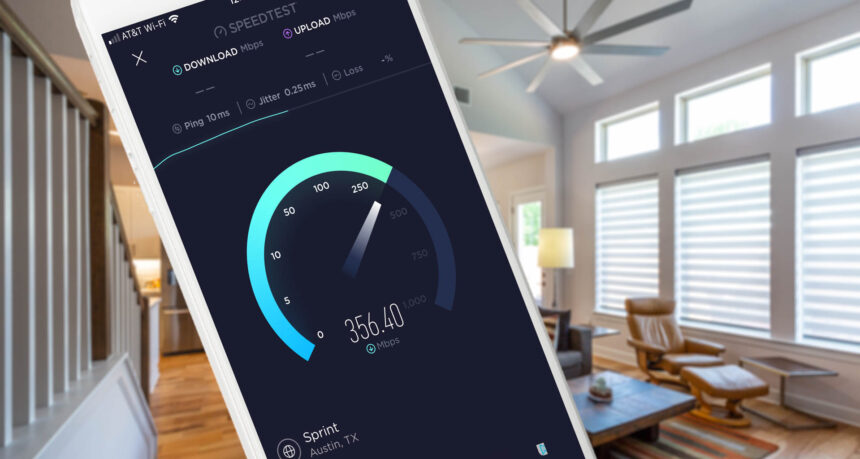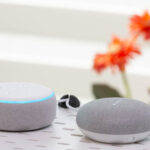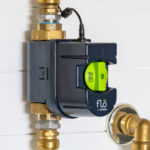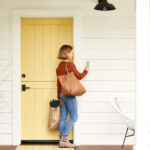With all the things that now connect to the Internet, you can easily get caught up in all the cool, new additions to your smart home and forget about the one thing that makes them all work—your internet connection. Specifically, how much internet speed does your smart home need?
Your home network is the brain that keeps your smart home smart. Adding too many smart devices without considering the bandwidth they use could lead to a sluggish connection that makes all those smart products seem pretty dull.
You can keep your smart home vibrant by ensuring you have enough internet speed to handle everything on your network. Fortunately, most accessories that make up smart homes and the Internet of Things (IoT) don’t use much bandwidth, and you can easily accommodate for those that do.
Smart Accessories with Video Use the Most Bandwidth

In general, smart homes don’t use a lot of bandwidth, but there are a few exceptions. Most smart home devices use your internet only in quick bursts when you need them to execute a command. While some smart speakers are always connected to the Internet, like Google Home, they still mainly use the connection in short bursts.
For example, if you ask Amazon’s Alexa to dim the lights in the kitchen, the Echo device that receives the command will briefly use the Internet to send the request to the smart bulbs in the kitchen. Then, those smart bulbs will briefly use the internet to receive the message. But, once the signal is received and the bulbs are dimmed, the smart bulbs won’t use any bandwidth until the next command or scheduled event. Similarly, the idle Echo speaker will use only a minimal amount of bandwidth, if any.
The same is true for most of the IoT, but things like doorbell cams and security cameras are the exceptions. Streaming video from these devices consumes a lot of data. Even with a doorbell cam that only records when it senses motion, uploading that video so you can monitor it can take almost 5 Mbps, as will downloading it to your phone.
How to Account for Your Smart Home Bandwidth
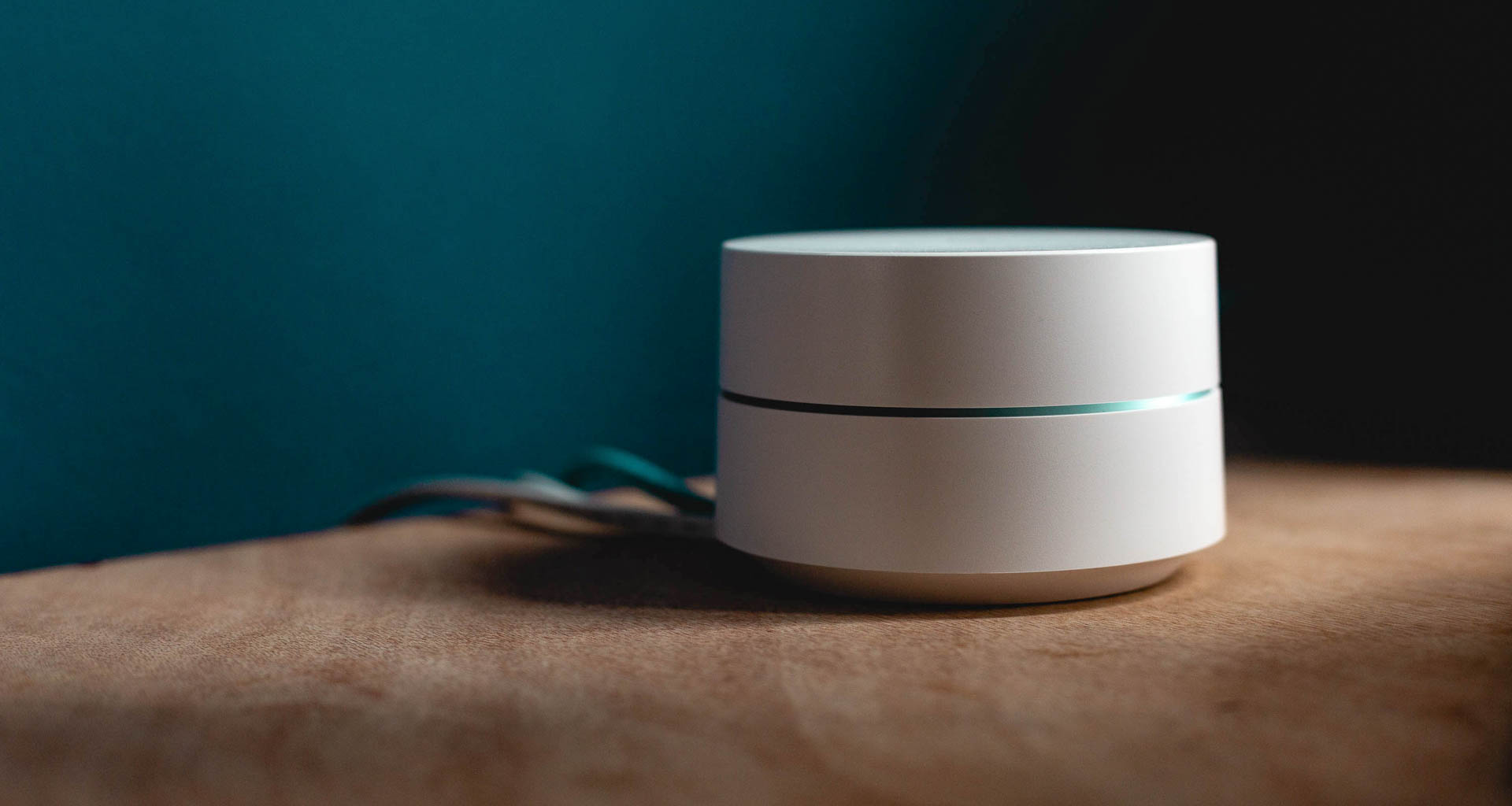
While no individual component of your smart home demands a lot of internet speed, if you fail to account for it when choosing your internet service package, it could cause frustrating slowdowns. So, you should make sure your internet subscription has enough speed to handle all your regular online activities, plus a little extra for your smart home.
To figure out how much internet speed you need for your online activities, try this simple internet speed recommendation calculator. It walks you through a few questions, then tells you how much internet speed you need.
Once you know your baseline speed requirement, you can then add a bit more for your smart home network.
If your smart home doesn’t have any video recording, you need to add just 5 Mbps for every dozen smart items. If your smart home does have video, like a surveillance camera or doorbell cam, then add 10 Mbps.
For instance, if you have two smart speakers and eight smart bulbs, just add 5 Mbps to your baseline recommendation, and that should cover your smart home needs. If you have one smart speaker and one doorbell cam, add 10 Mbps.
Base speed recommendation
+ 5 Mbps for your smart home
(10 Mbps if you use video)
_____________________________
= The Speed You NeedThis method will work for most smart homes. Homes with more smart devices will need more bandwidth.
Save Bandwidth by Adjusting Your Settings
You won’t need to add as much extra speed if you lower the resolution of your cameras. Higher resolution images require more bandwidth to upload or download. Reducing your camera’s resolution will hurt the image quality, but downgrading from 1080p to 720p, for example, may be worth it, especially if you have data limits on your internet plan.
What About Upload Speed?
Your smart home demands on upload speeds are generally minimal. As long as you have at least 3 Mbps, which most internet packages offer, you should be fine.
Make Sure Your Router Can Handle Your Speed
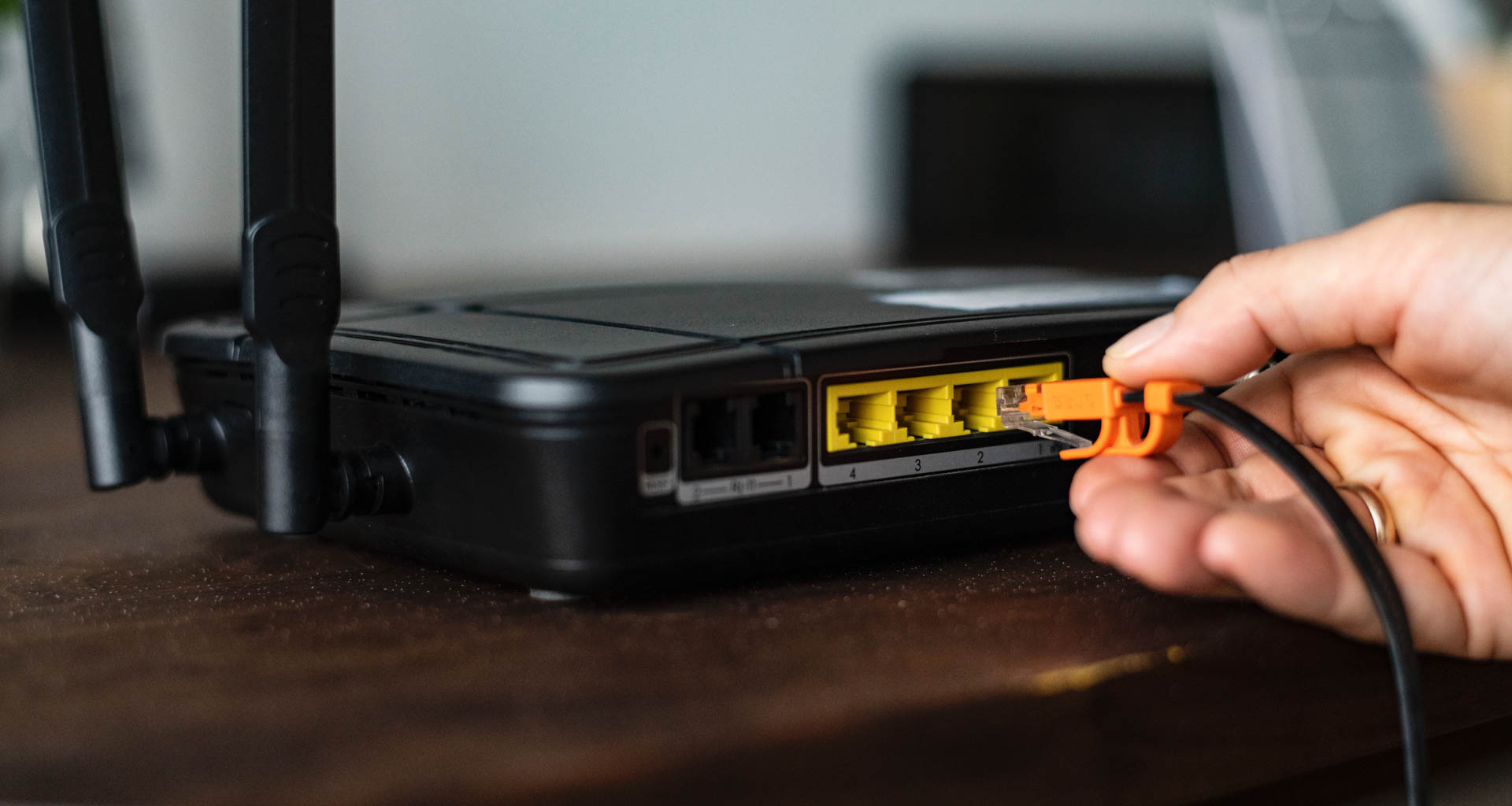
Some smart home tasks are local, which means they use your home network, but not the internet outside your home. But all of these tasks still run through your router, so with a smart home, your router needs to be able to handle your internet connection and then some.
Fortunately, most modern routers should have no problems handling a smart home. But, if your smart home seems slow or glitchy and you’re using a router from 2002, that router is likely the problem.
Gimme 5 (or 10)
The takeaway here is when you start to wonder how much internet speed you need for your smart home, just think, “gimme 5.” Give yourself 5 Mbps more than you normally would. If your smart home uses video, give that movie a perfect 10 and yourself 10 Mbps more than you would get without a smart home.

